Solar cables play a crucial role in the sustainable energy transition by enabling the efficient and safe transmission of electricity generated from solar power plants or photovoltaic (PV) systems. These specialized cables are designed to handle the unique requirements of solar energy systems and are an essential component of solar power infrastructure. Here are some key points regarding the role of solar cables in the sustainable energy transition:
Transmitting Renewable Energy: Solar cables are responsible for transmitting the electricity generated by solar panels or solar power plants to the electrical grid or to the point of consumption. They connect the solar modules or arrays to the inverter, which converts the direct current (DC) generated by the panels into alternating current (AC) suitable for use in homes, businesses, or the grid.
Minimizing Power Losses: Solar cables are designed with low resistance to minimize power losses during transmission. This is particularly important for solar installations that are located far away from the point of consumption. By reducing power losses, solar cables ensure that a greater percentage of the solar energy generated is effectively utilized, improving the overall efficiency of the system.
Handling High DC Voltages: Solar panels generate DC electricity, which needs to be safely and efficiently transmitted to the inverter. Solar cables are designed to handle high DC voltages, typically in the range of 600 to 1,500 volts, depending on the system configuration. They are specifically engineered to withstand the unique challenges associated with high-voltage DC transmission, such as electrical arcing, insulation degradation, and temperature fluctuations.
Durability and Environmental Resistance: Solar cables are subjected to outdoor conditions, including exposure to sunlight, temperature variations, moisture, and other environmental factors. Therefore, they are manufactured with materials that provide excellent durability, UV resistance, and weatherproofing to ensure a long lifespan under harsh conditions. Additionally, these cables are designed to withstand mechanical stress, such as pulling, bending, or twisting, during installation and operation.
Compliance with Safety Standards: Solar cables must comply with various safety standards and regulations to ensure the safe transmission of electricity. They undergo rigorous testing to meet specific electrical and mechanical requirements, such as fire resistance, insulation properties, and current-carrying capacity. Adhering to these standards is essential to protect people, property, and the environment.
Integration with Smart Grids: As renewable energy penetration increases, solar cables can be integrated into smart grid systems. Smart grids enable bidirectional electricity flow, allowing excess energy generated from solar installations to be fed back into the grid. Solar cables facilitate this bidirectional energy flow, contributing to grid stability and enabling the efficient utilization of renewable energy resources.
In summary, solar cables play a vital role in the sustainable energy transition by efficiently transmitting electricity generated from solar power systems. By minimizing power losses, ensuring safe transmission, and withstanding environmental challenges, these cables contribute to the overall efficiency, reliability, and longevity of solar energy installations.

 ENGLISH
ENGLISH 简体中文
简体中文 GERMAN
GERMAN SPAIN
SPAIN
 +86 181-5747-1135
+86 181-5747-1135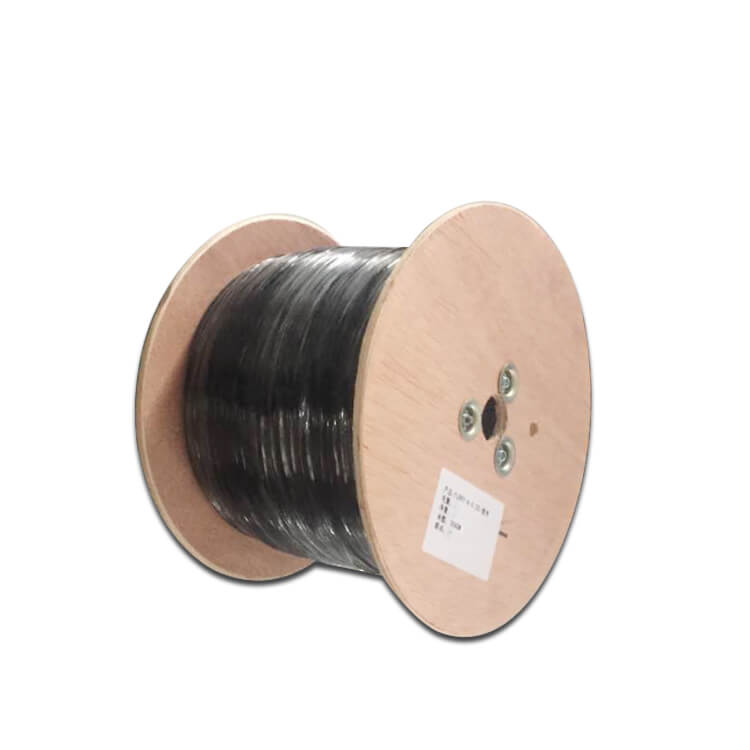
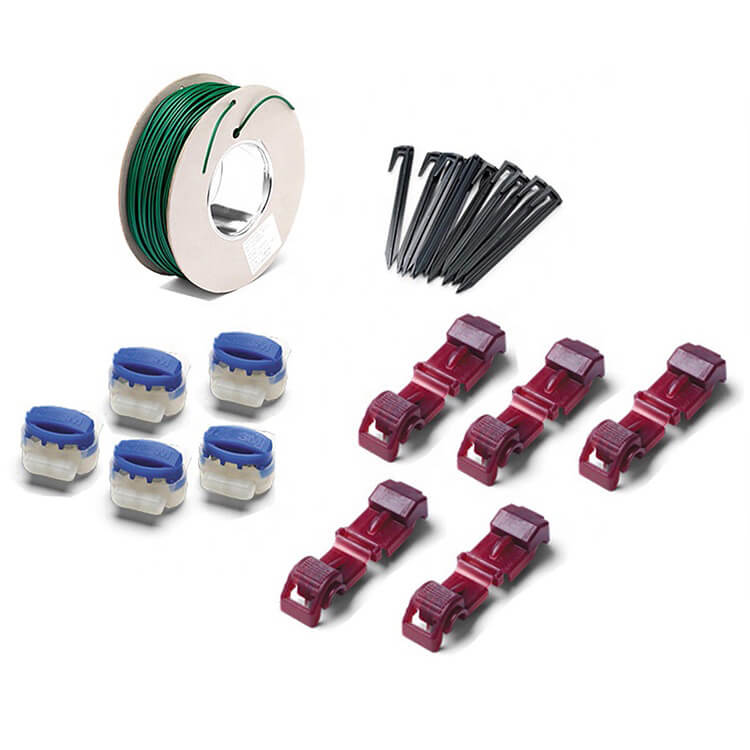
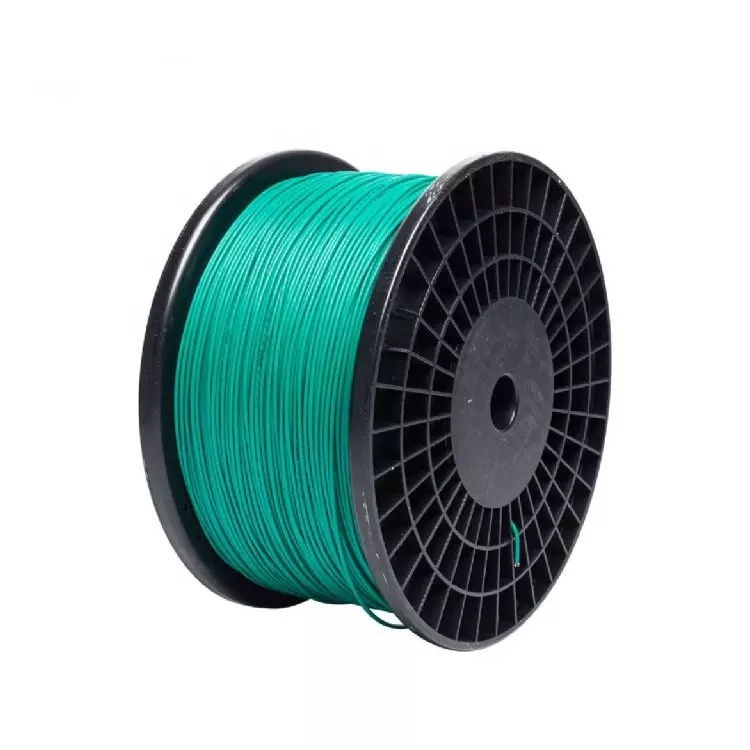
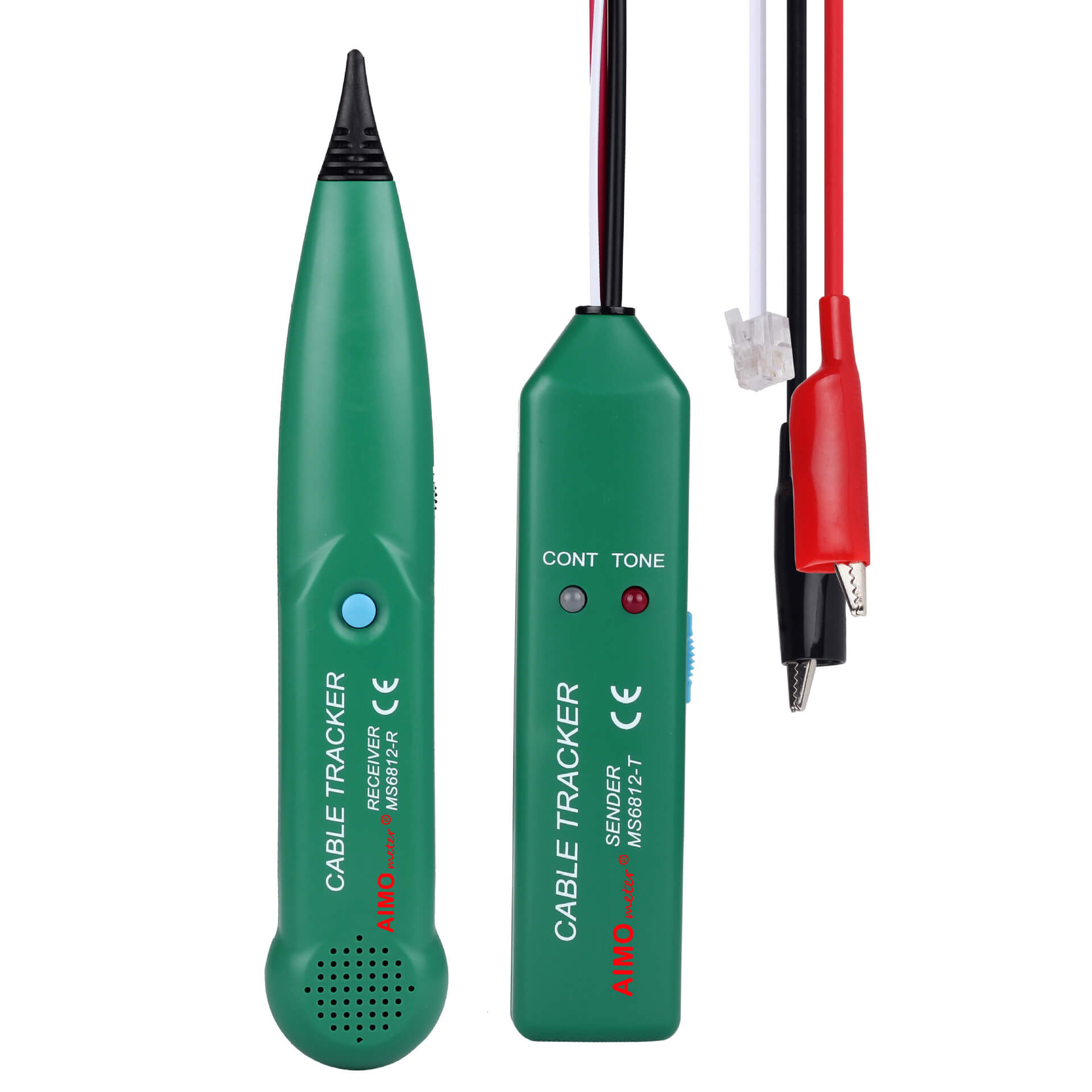


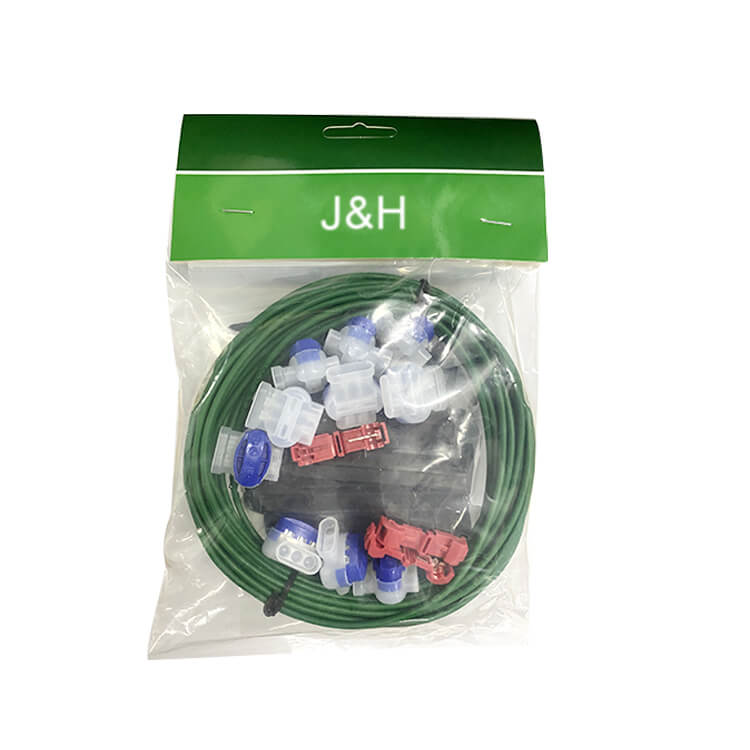
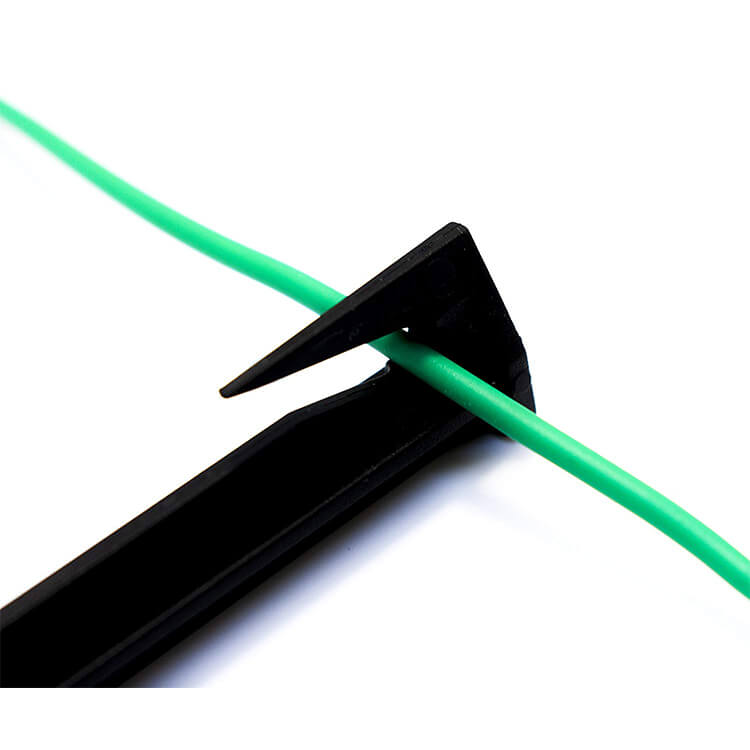
 Abroad:+86 181 5747 1135
Abroad:+86 181 5747 1135 FAX: +86 574 8900 7636
FAX: +86 574 8900 7636 E-mail:
E-mail: 

 read the map
read the map

